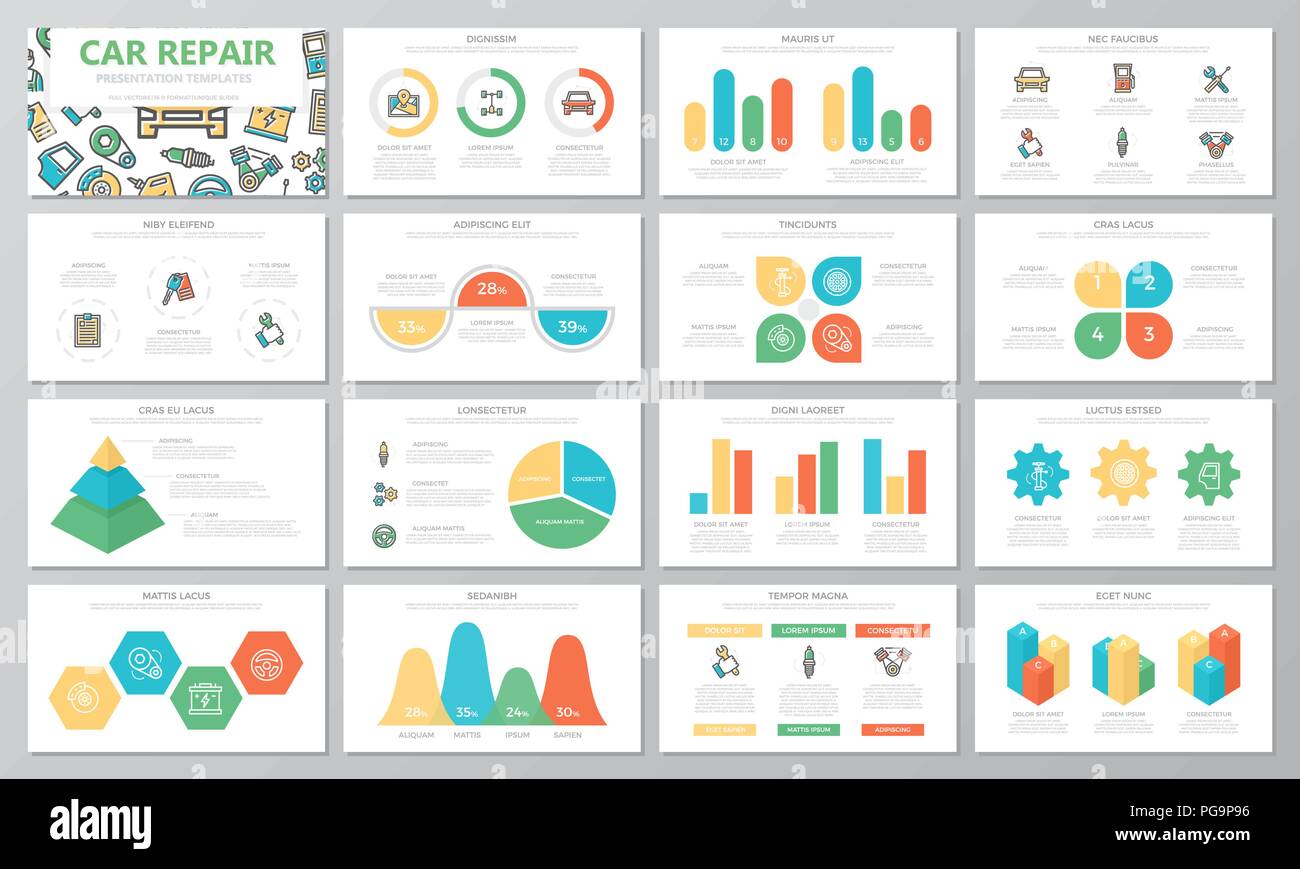Translating Your Automobile'S Warning Indicators: What They Absolutely Indicate
Translating Your Automobile'S Warning Indicators: What They Absolutely Indicate
Blog Article
Published By-Vinson Gilbert
When you lag the wheel, those glowing caution lights on your control panel can be a bit puzzling. Do you understand what they're trying to inform you about your automobile's wellness? Understanding the significance of these lights is crucial for your safety and security and the durability of your car. So, the following time one of those lights turns up, would not you want to decode its message accurately and take the essential steps to resolve it?
Common Caution Lights and Interpretations
Identify usual caution lights in your auto and understand their meanings to make sure safe driving.
The most typical caution lights include the check engine light, which signals issues with the engine or emissions system. If this light comes on, it's important to have your lorry checked promptly.
The oil pressure advising light shows low oil pressure, calling for prompt attention to avoid engine damage.
A blinking battery light may suggest a faulty charging system, potentially leaving you stranded otherwise resolved.
The tire pressure surveillance system (TPMS) light informs you to reduced tire stress, influencing vehicle stability and fuel efficiency. Disregarding this could lead to harmful driving conditions.
The abdominal light shows a problem with the anti-lock braking system, compromising your ability to stop swiftly in emergencies.
Finally, the coolant temperature alerting light warns of engine overheating, which can result in severe damages otherwise settled promptly.
Recognizing these typical caution lights will help you attend to problems quickly and keep safe driving problems.
Significance of Prompt Focus
Recognizing the common warning lights in your car is just the primary step; the importance of promptly dealing with these warnings can not be emphasized sufficient to guarantee your safety and security when driving.
When a caution light illuminates on your control panel, it's your vehicle's method of connecting a potential issue that requires interest. Disregarding these cautions can lead to more severe troubles down the road, jeopardizing your safety and potentially costing you much more out of commission.
Trigger focus to cautioning lights can prevent breakdowns and accidents. For https://www.blackstarnews.com/ny-watch/business/woman-owned-auto-repair-shop-specializes-services-for-women.html , a flashing check engine light might show a misfire that, if left ignored, might create damage to the catalytic converter. Addressing https://andresvqlfa.blogdun.com/32725586/learn-exactly-how-environmentally-friendly-car-describing-products-can-elevate-your-lorry-s-shine-while-shielding-the-world-uncover-the-sustainable-options-waiting-for-you can conserve you from a costly repair.
Similarly, a brake system cautioning light might signal low brake liquid or used brake pads, essential components for your safety when driving.
DIY Troubleshooting Tips
If you see a warning light on your dashboard, there are a couple of DIY troubleshooting tips you can attempt prior to seeking specialist help.
The primary step is to consult your cars and truck's guidebook to recognize what the specific caution light indicates. In some cases the problem can be as easy as a loosened gas cap activating the check engine light. Tightening up the gas cap might resolve the trouble.
Another common concern is a reduced battery, which can cause numerous warning lights. Checking the battery links for rust and guaranteeing they're protected may fix the trouble.
If a warning light lingers, you can attempt resetting it by disconnecting the auto's battery for a couple of minutes and afterwards reconnecting it. Furthermore, examining your automobile's fluid levels, such as oil, coolant, and brake liquid, can aid troubleshoot alerting lights associated with these systems.
Final thought
In conclusion, recognizing your car's warning lights is necessary for maintaining your vehicle running efficiently and securely. By quickly resolving these signals and understanding what they imply, you can avoid pricey repair work and potential failures.
Remember to consult your auto's handbook for particular details on each alerting light and do something about it appropriately to make certain a trouble-free driving experience.
Remain informed, stay risk-free when driving!
